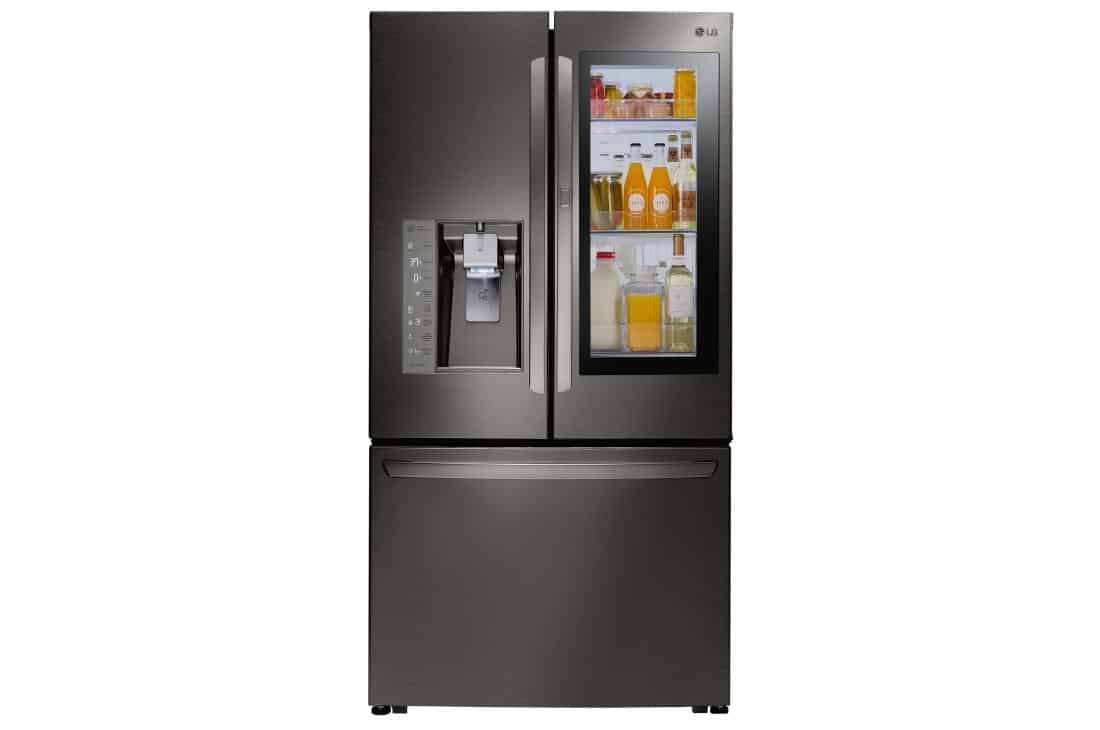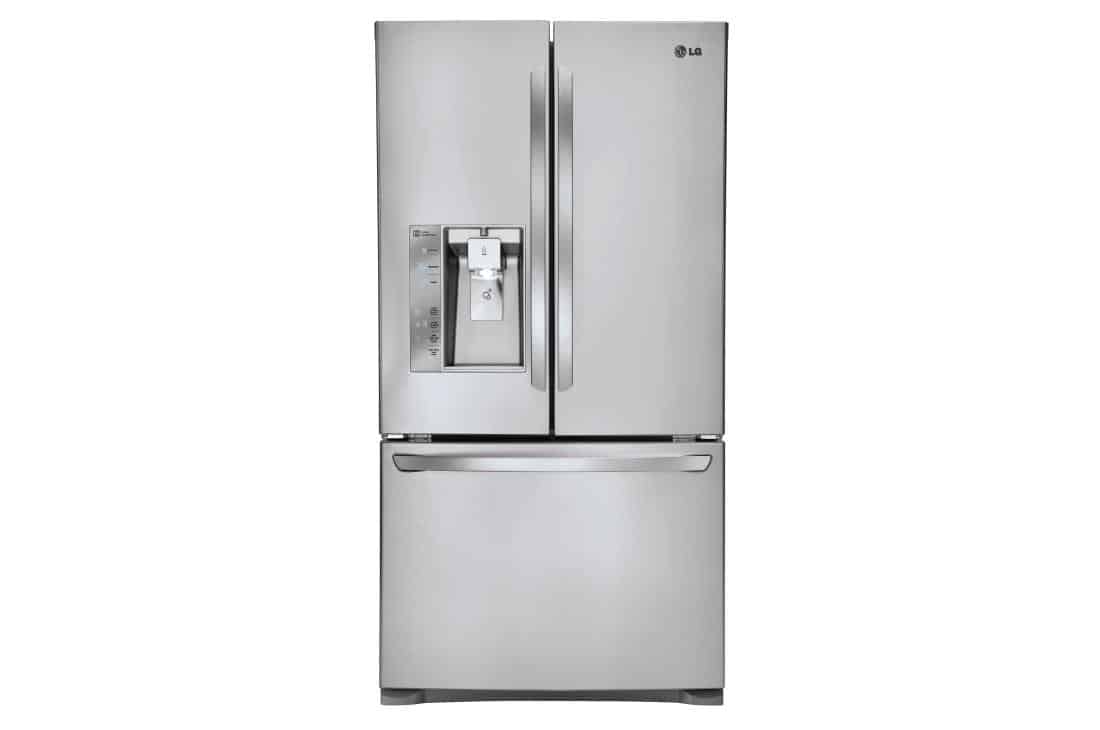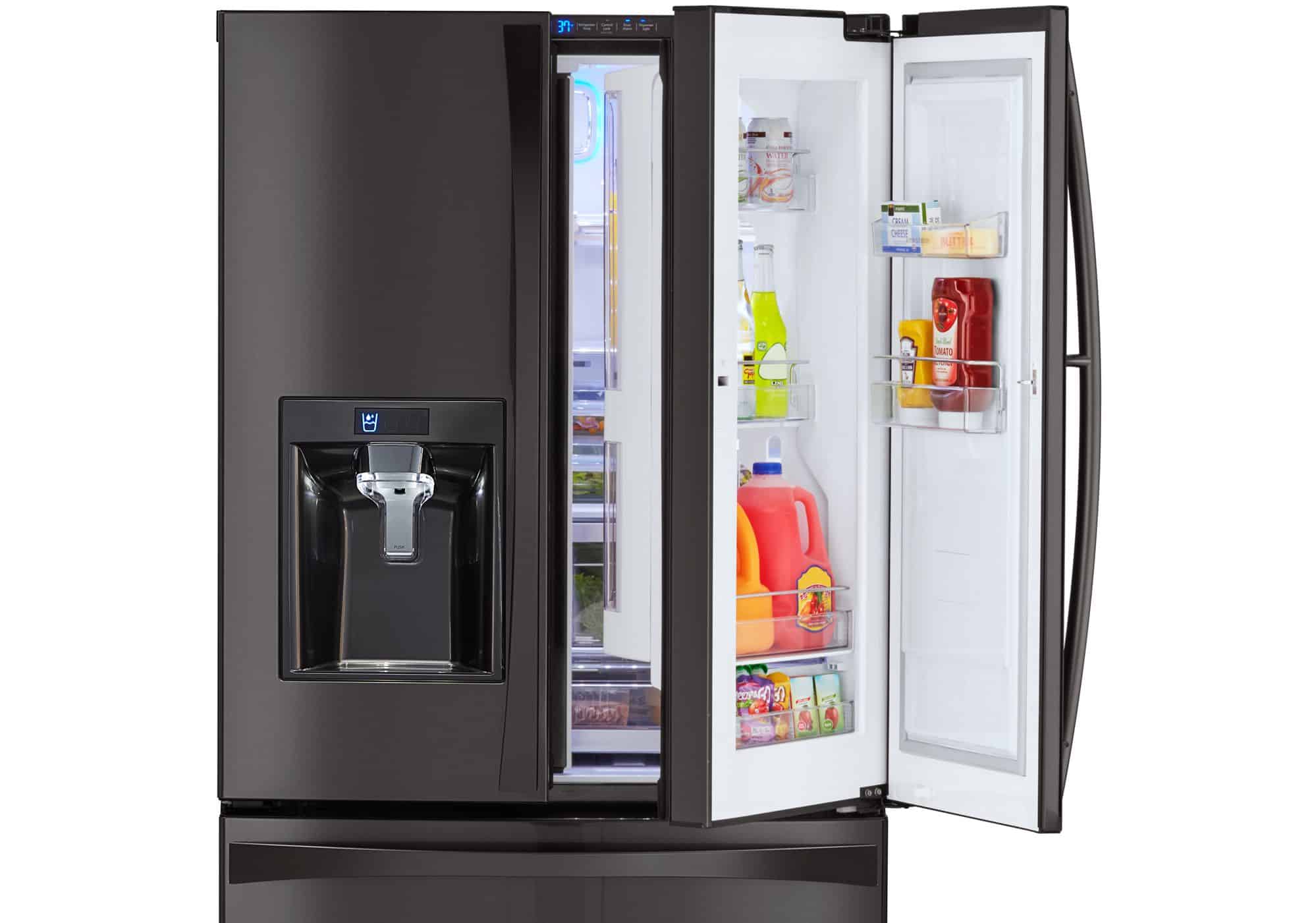Our home appliances products can be tricky to clean, but we can help.
If you have stainless steel refrigerator you know what a hassle it can be to keep it clean and glimmering. Even the best refrigerator brands need cleaning.
In fact, just Googling “how to clean stainless steel refrigerator” turns up all sorts of Google searches related to the problem, like:
- what do you clean a stainless steel refrigerator with
- how to clean fingerprints off stainless steel refrigerator
- how do you clean stainless steel refrigerator door
- how to clean stainless steel appliances with baking soda
It’s clearly a common problem that many face – and there’s a ton online regarding the “right” method of cleaning and polishing stainless steel. We’re here to make the process as simple and painless as possible, and get that stainless steel refrigerator shining like new in no time. And for cleaning humans – I mean babies – look no other than the best baby wipes.
How to Clean Stainless Steel Refrigerator and what are the products you will need.
So, what do you clean a stainless steel refrigerator with? Various cleaners are sold specifically for cleaning stainless steel, but you can use any common household cleaners to get the job done. Here’s a list of what you’ll need:
- Dawn (or any dish soap)
- Baby, Mineral, or Coconut Oil – Alternatively, you can use a stainless steel cleaner.
- Cotton Towel (x2)
Note: The bottom to top cleaning method ensures that the cleaning solution is used maximally.
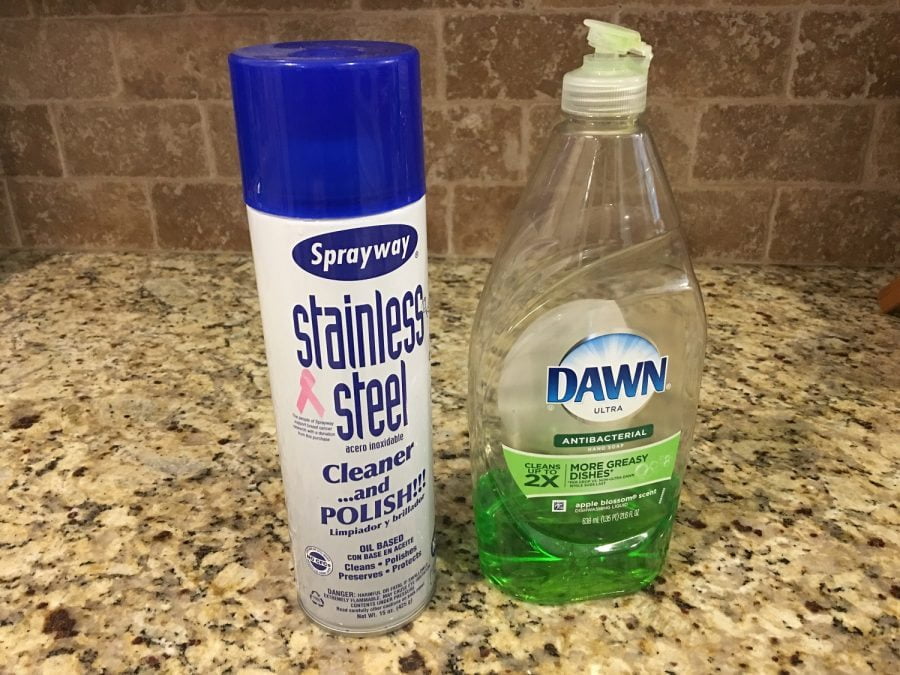
Pay Attention to the Grain
Stainless steel has “grain” lines similar to wood. Inspect your stainless surface closely and note the direction of the grain. This should be the direction in which you both clean and polish the surface.
Pay special attention to stainless handles and knobs as these most likely have different “grain” patterns from flat sheets like a door. “Grain” patterns are actually finishing patterns created by the forges that create these metals. Avoid using abrasive materials on your stainless steel refrigerator as this will most likely result in permanent damage to surfaces.
Clean Stainless Steel First!
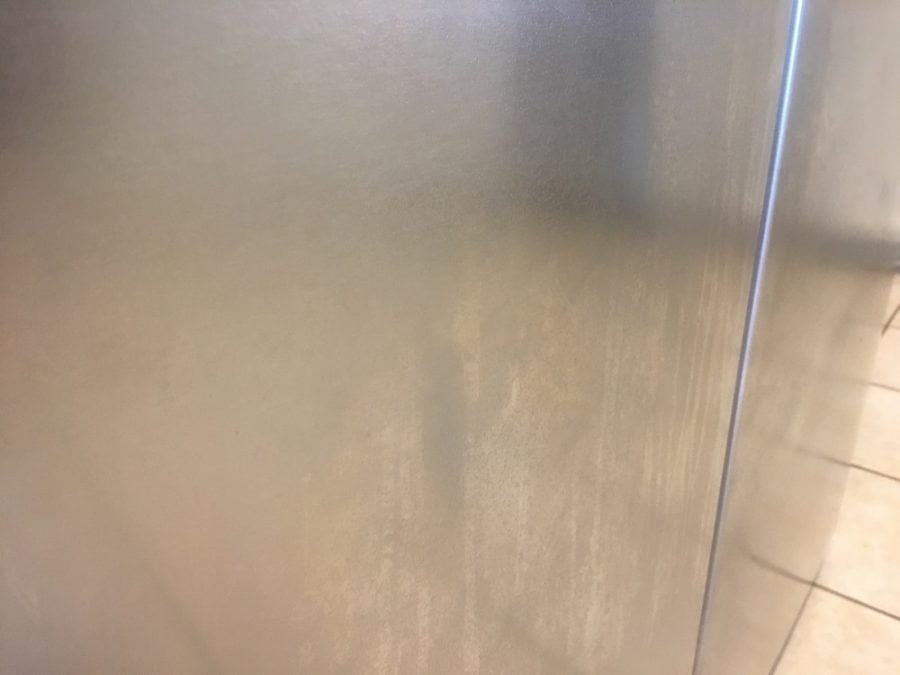
Dish soap, like Dawn, can be diluted with water for a simple and effective cleaning solution. Nothing too precise is required here, just squeeze a small amount of dish detergent into a closed kitchen sink and dilute with water until you have a homogeneous mixture of soapy goodness. Use a cotton rag, or sponge, to soak up some of your cleaning solution and then proceed to wipe the stainless surface down from bottom to top.
Wipe the surface with a dry towel after you’re done with this step.
Avoid using abrasive cleaners like bleach as these will stain and damage a stainless steel refrigerator. Avoid using sprays, or solutions, that contain bleach too. Even dirty water and cleaning solutions not meant for stainless steel refrigerators can stain and damage surfaces so be very cautious when selecting cleaning materials prior to your first time cleaning.
Polish

Once you’ve removed any stains, grime, and dirt from the surface it’s time to begin polishing your stainless-steel appliance.
Apply a very small amount of oil (about the size of a dime per refrigerator door area) to a dry cotton towel, or microfiber cloth. In sections, rub the oil into the grain of the stainless steel, working your way from bottom to top once again. Ensure moderate pressure is used when rubbing oil into the steel. Continue to buff the surface until it feels just a little smoother than the rest of the untreated sections – usually this will take a few minutes per section if you want it done right.
If you aren’t satisified with the luster after buffing with oil, a trick that many professional cleaners will use is to treat the surface again with a fine layer of flour. Yep, common cooking flour. Take a very fine coating and cover the entire surface. Then, buff again as you did with the oil, rubbing into the grain for a few minutes. Wipe away any excess flour and you should be left with a lustrous shine worth showing off to guests.
https://www.youtube.com/watch?v=ZBXCLxCdEi
*Video Note: Stainless-steel will not oxidize for a very long time – not something you should be concerned with.
If you’re using a stainless-steel cleaner instead, work the cleaner into the metal using the same method, go with the grain, not against it. We recommend Weiman Stainless Steel Cleaner to get the best results.
Other Considerations
Some homeowners prefer using white, or apple cider, vinegar to clean stainless steel appliances as these products don’t release as many volatile organic compounds as store bought stainless cleaners. If you’re cleaning with an aerosol product, it’s important to adhere to manufacturer warnings and proper use directions to ensure you stay safe while using the product. You might also want to consider the use of an indoor air purifier to keep your home’s air quality at its highest level while you clean.
Additionally, if you’re truly after that professional-grade shine – consider using a commercial-grade stainless steel refrigerator polish coupled with an electric buffer. These can be purchased online, here’s a favorite of ours, and used to buff a stainless steel surface to a high-grade sparkle relatively quickly. Scratches can be buffed away using this method too. If you’re using an automatic buffer, be sure that you buff the entire area and not just segments as an inconsistency in shine will be noticeable. Don’t forget to clean that surface first though!
Related Articles:

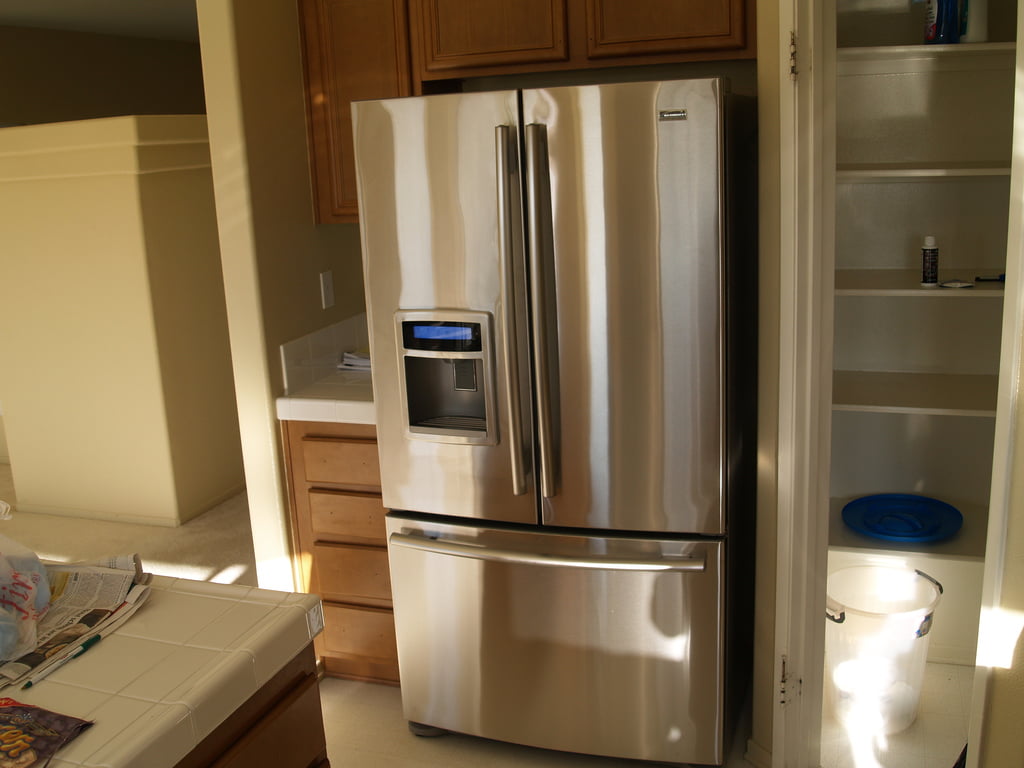















![Best Kitchen Appliances in [year] ([month] Reviews) 13 Best Kitchen Appliances in 2025 (December Reviews)](https://www.gadgetreview.dev/wp-content/uploads/best-kitchen-appliances.jpg)
![Best Refrigerators in [year] ([month] Reviews) 14 Best Refrigerators in 2025 (December Reviews)](https://www.gadgetreview.dev/wp-content/uploads/lg-brand-refrigerator-900x871-1.jpg)
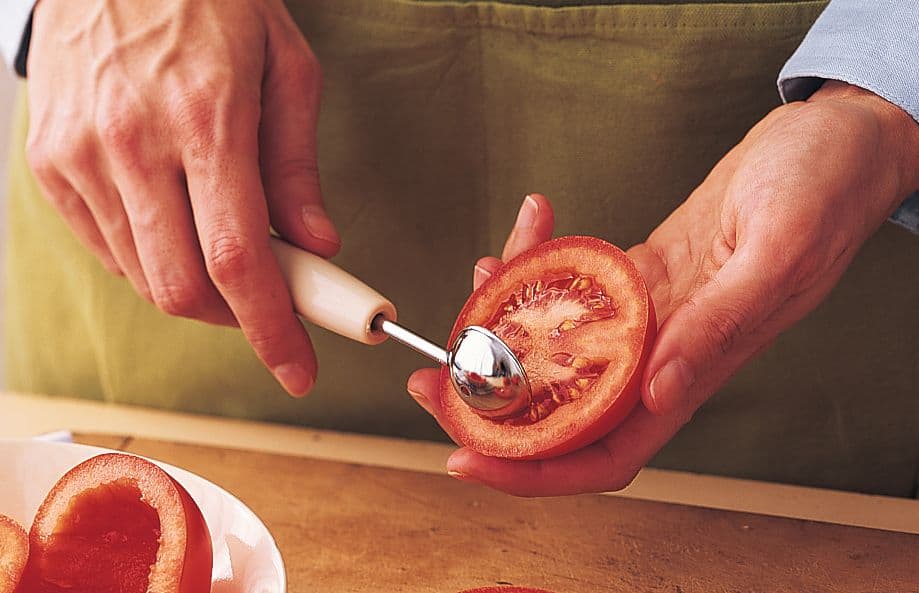
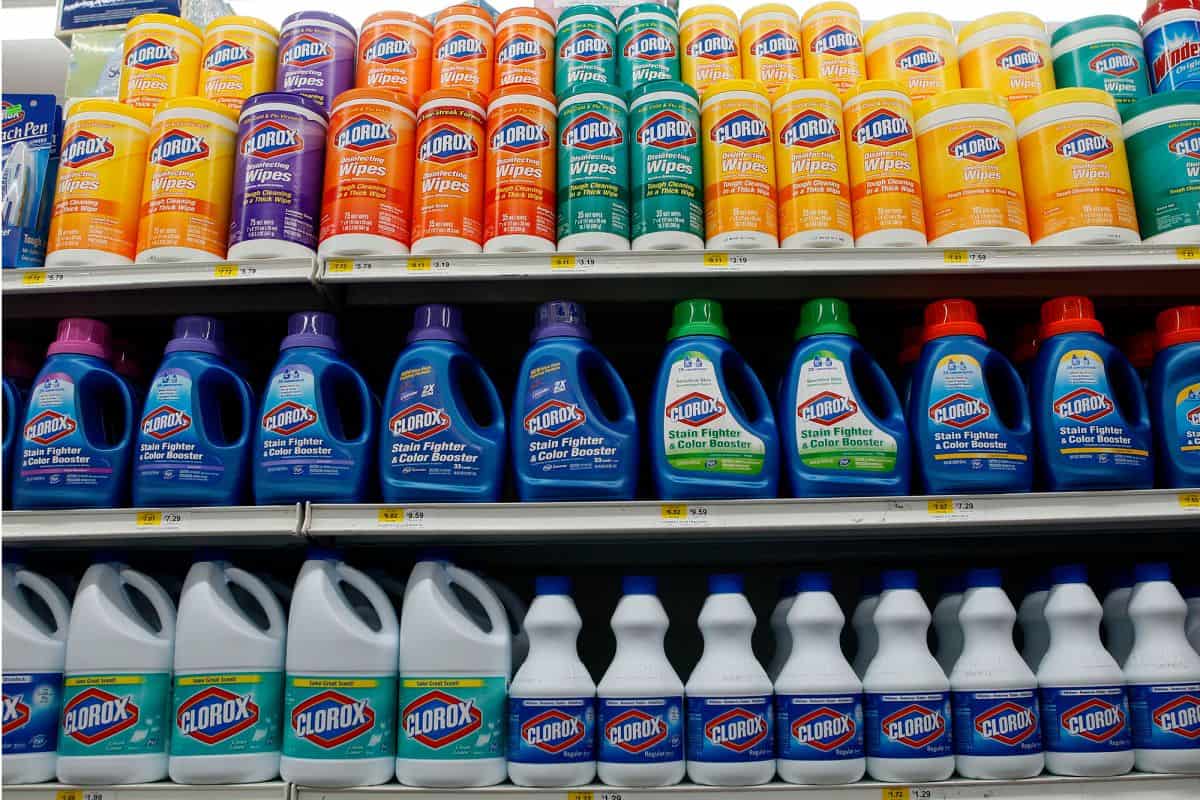

![6 Best Refrigerator Water Filters in [year] 18 6 Best Refrigerator Water Filters in 2025](https://www.gadgetreview.dev/wp-content/uploads/refrigerator-water-filters.jpg)
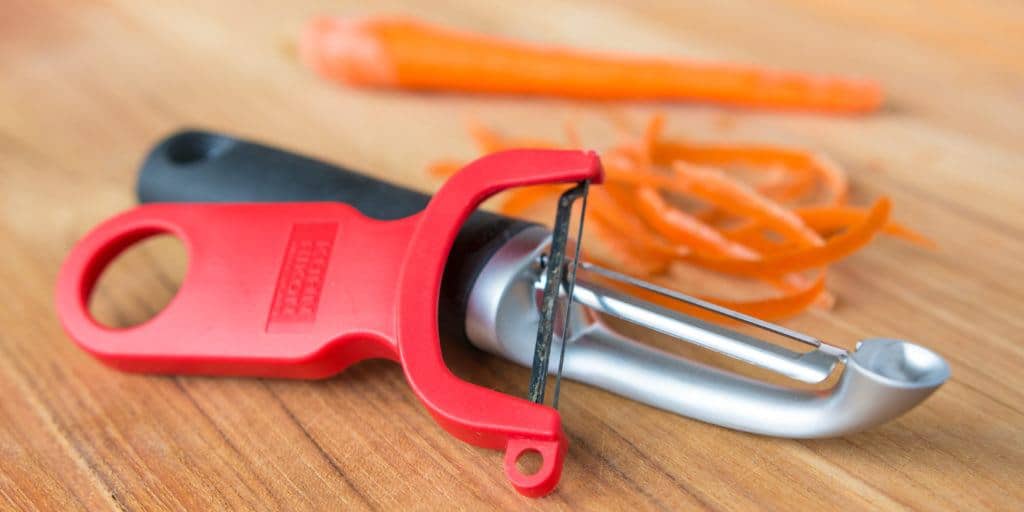
![Best Stainless Steel Cookware in [year] 20 Best Stainless Steel Cookware in 2025](https://www.gadgetreview.dev/wp-content/uploads/best-stainless-steel-cookware.jpg)
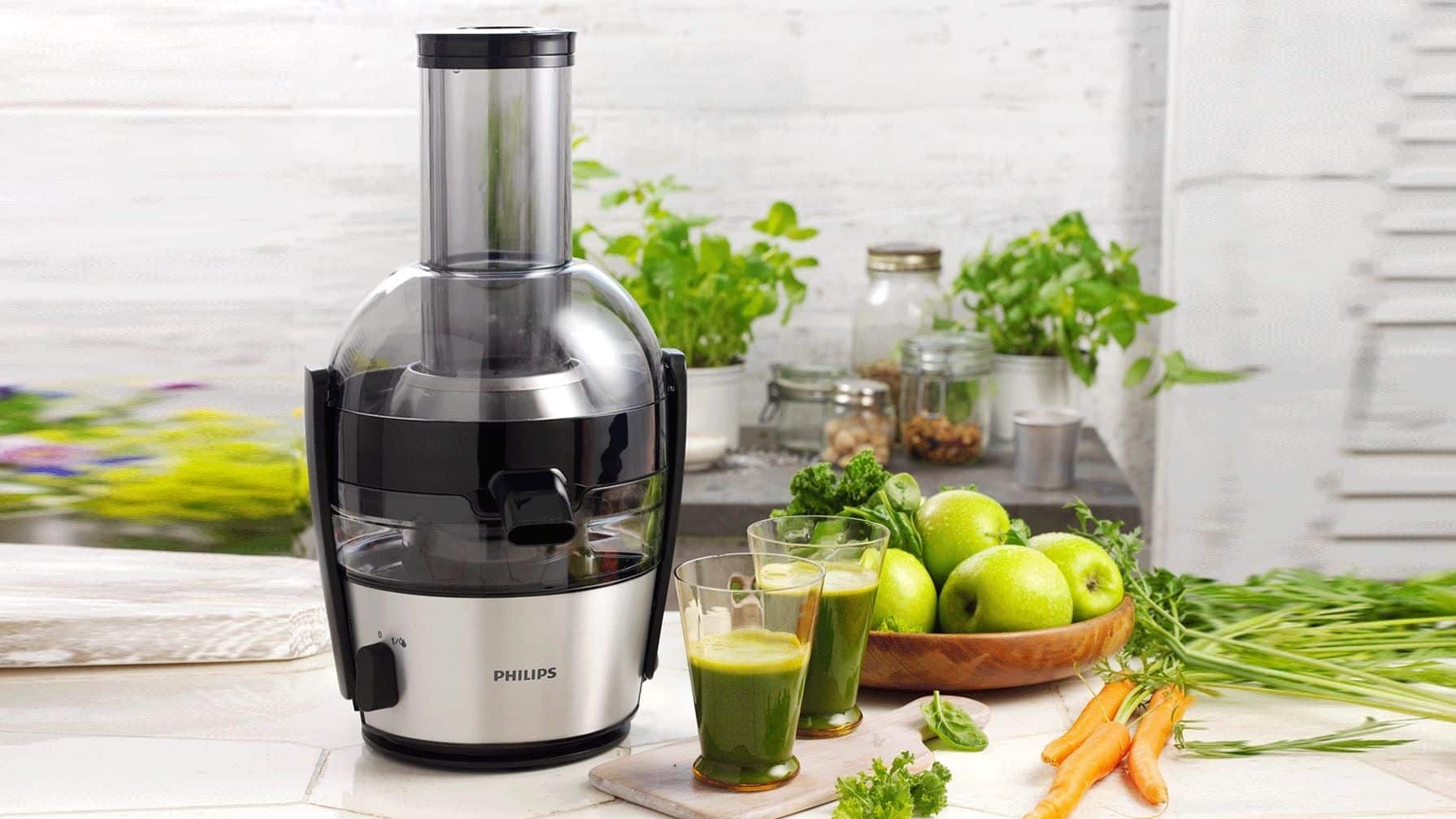
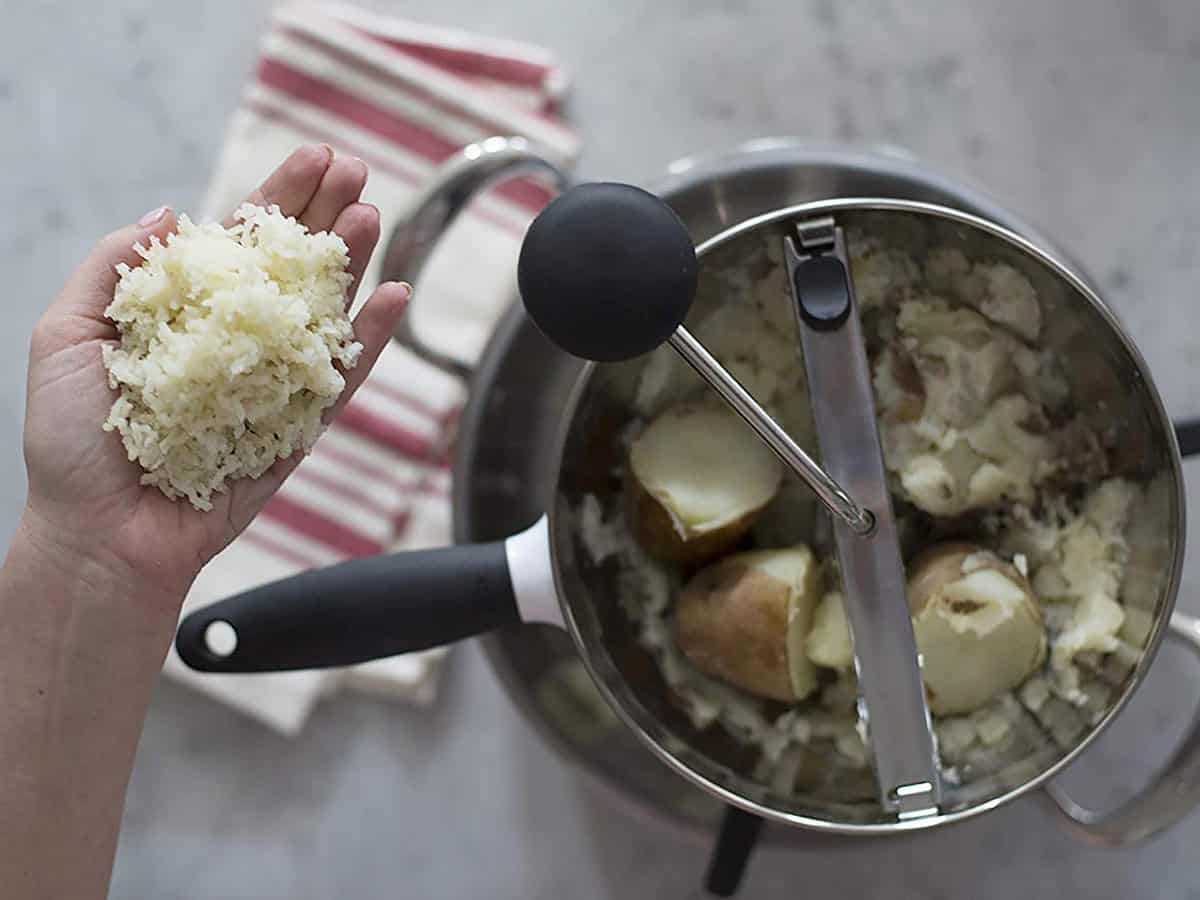
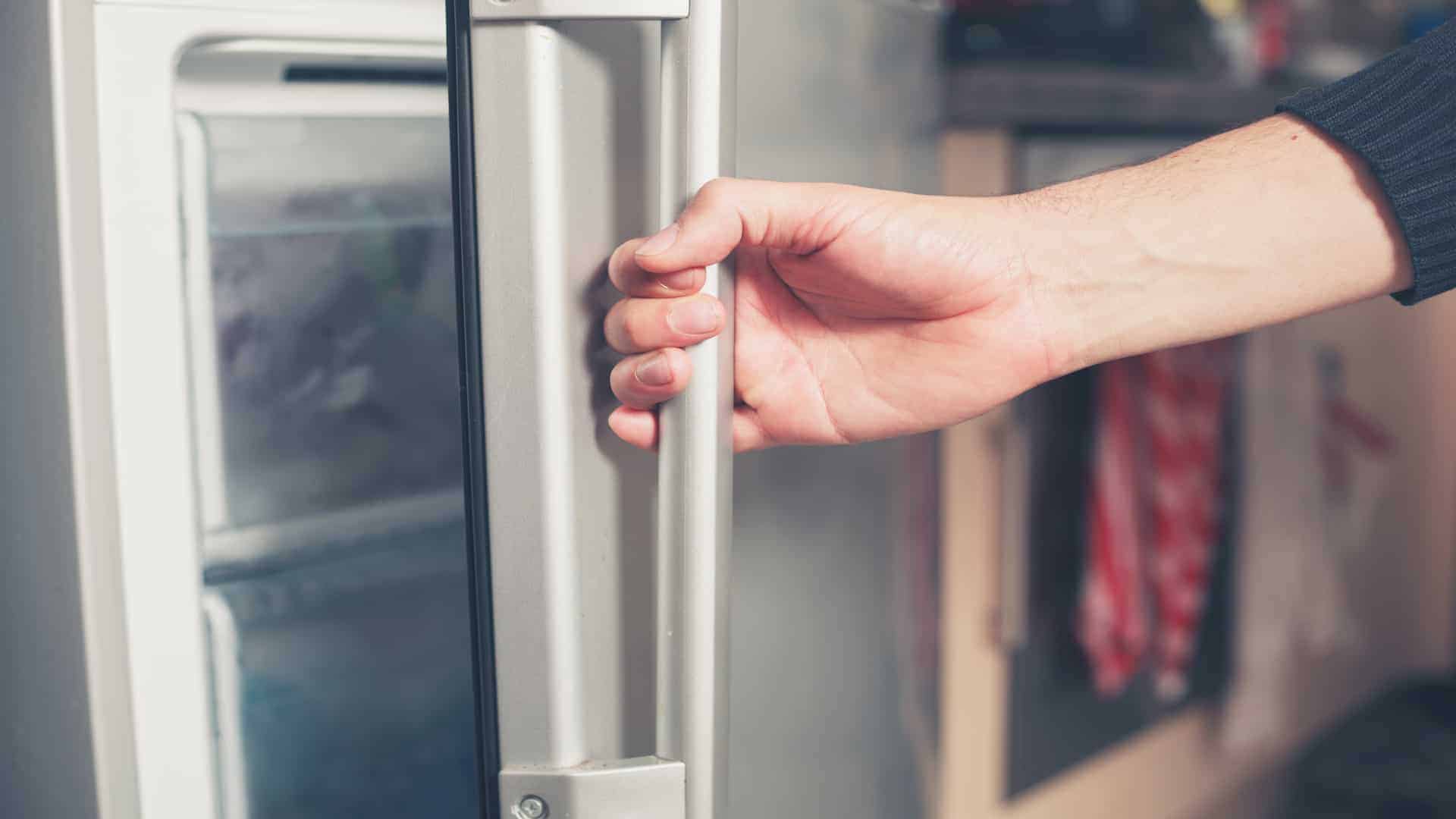
![7 Best Wedding Cake Topper in [year] 24 7 Best Wedding Cake Topper in 2025](https://www.gadgetreview.dev/wp-content/uploads/best_wedding_cake_topper.jpg)
![7 Best Universal Pans and Pot Lids in [year] 25 7 Best Universal Pans and Pot Lids in 2025](https://www.gadgetreview.dev/wp-content/uploads/best-universal-pan-and-pot-lids-scaled-1.jpg)
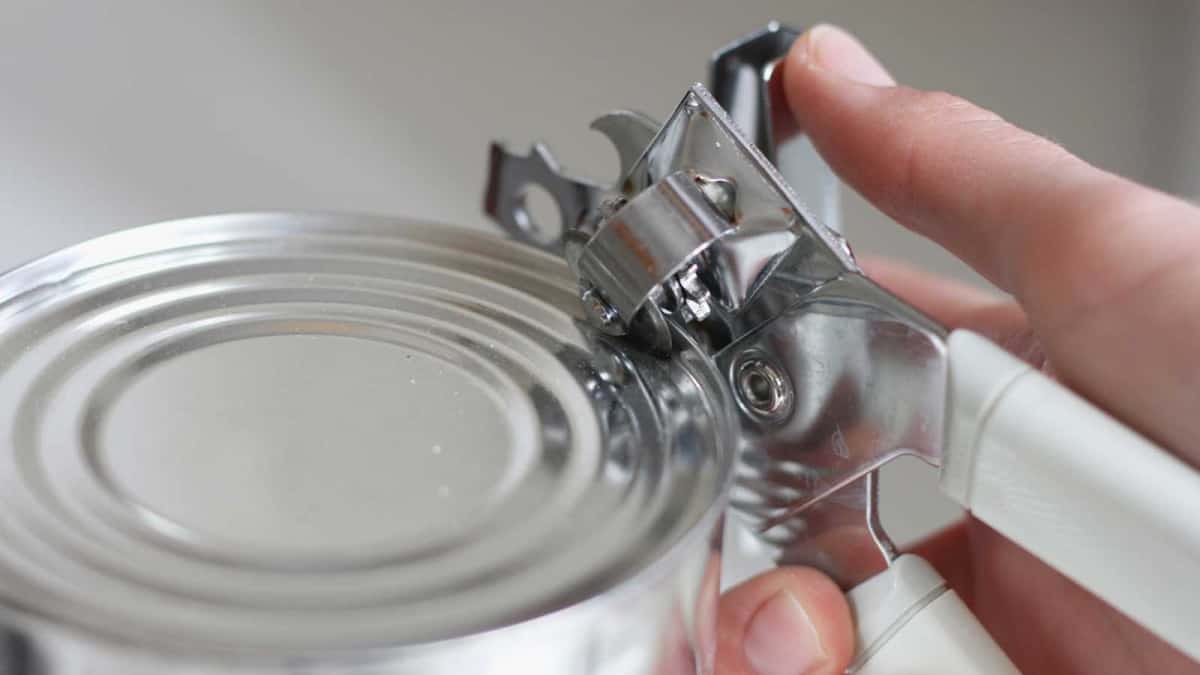
![7 Best Refrigerator Thermometers in [year] 27 7 Best Refrigerator Thermometers in 2025](https://www.gadgetreview.dev/wp-content/uploads/best-refrigerator-thermometers-scaled-1.jpg)
![7 Best Pie Plate for Pies and Quiches in [year] 28 7 Best Pie Plate for Pies and Quiches in 2025](https://www.gadgetreview.dev/wp-content/uploads/best-pie-plate-for-pies-and-quiches.jpg)
![7 Best Seafood Forks for Your Meal in [year] 29 7 Best Seafood Forks for Your Meal in 2025](https://www.gadgetreview.dev/wp-content/uploads/best-seafood-forks-for-your-meal.jpg)
![7 Best Herb Trimming Scissors in [year] 30 7 Best Herb Trimming Scissors in 2025](https://www.gadgetreview.dev/wp-content/uploads/best-herb-trimming-scissors.jpg)
![7 Best Crepe Makers in [year] 31 7 Best Crepe Makers in 2025](https://www.gadgetreview.dev/wp-content/uploads/best-crepe-maker.jpg)
